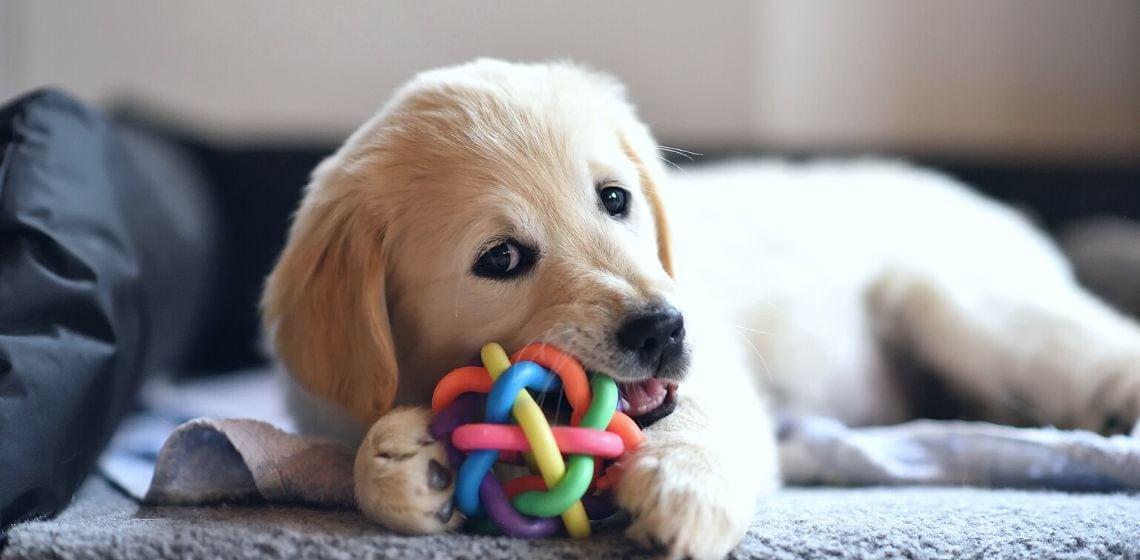Table of Contents
Just like humans, our pets, including dogs, cats, and small mammals, can be susceptible to choking incidents. Their curious nature often leads them to explore the world through their mouths, making them prone to encountering potential hazards.
Common Choking Hazards for Pets
Pet owners need to be aware of common choking hazards that pose a risk to their furry companions. Some of the most common culprits include:
- Small Objects: Items such as buttons, beads, coins, or small toys can be easily swallowed by pets, causing choking hazards. Always keep these objects out of their reach, especially in areas where they spend most of their time.
- Food Hazards: Certain foods can pose choking risks to pets. Bones, particularly those that are cooked or brittle, can splinter and cause serious harm if swallowed. Avoid feeding pets small, hard foods that they may swallow without proper chewing.
- Toys: While toys provide stimulation and entertainment for our pets, some can also present choking hazards. Be cautious of toys with small parts that can break off or detach easily. Opt for toys specifically designed for pets, ensuring they are appropriate for their size and breed.
- Household Items: Everyday household items, such as rubber bands, strings, plastic bags, or small pieces of clothing, can unintentionally find their way into a pet’s mouth. These items can lead to choking incidents if swallowed, so it’s crucial to keep them stored safely out of reach.
Safety Precautions to Prevent Choking
As responsible pet owners, we can take proactive measures to prevent choking incidents and ensure their safety.
Supervision: One of the most effective ways to prevent choking is to supervise your pet closely, particularly in new environments or during playtime. By keeping a watchful eye on them, you can intervene quickly if they come into contact with potential choking hazards.
- Pet-Proof Your Home: Pet-proofing your living space is crucial to creating a safe environment. Regularly inspect your home for small objects that could be within your pet’s reach and remove them. Pay attention to areas where pets spend the most time, such as living rooms, bedrooms, and kitchens.
- Choose Safe Toys: Select toys that are durable, non-toxic, and appropriately sized for your pet. Avoid toys with small detachable parts that could pose a choking risk. Look for toys labeled as “indestructible” or specifically designed for the size and breed of your animal.
- Modify Feeding Habits: Be mindful of the food you offer your pet to minimize choking risks. Avoid giving them small, hard foods or bones that can splinter easily. Instead, opt for safer alternatives such as specially formulated pet treats or soft, easily chewable food.
- Properly Store Hazardous Items: Keep potentially hazardous items such as small objects, medications, cleaning supplies, and chemicals secure
What to Do in Case of Emergency
If you find yourself in an emergency situation where your pet is choking, follow these critical steps. Performing the Heimlich maneuver on a choking pet requires careful execution to ensure their safety. It is crucial to note that these steps are a general guideline and should not replace professional veterinary advice.
- Assess the Situation: Determine if your pet is truly choking by observing signs such as difficulty breathing, pawing at the mouth, excessive coughing, or panic. Be cautious when approaching a distressed pet to avoid unintentional bites or scratches.
- Restraint: If your pet is conscious and struggling, calmly restrain them to prevent further injury. Gently secure their body, making sure you have control while minimizing discomfort.
- Locate the Object: Attempt to visualize the object causing the obstruction in your pet’s airway. If the object is easily accessible, you can try and manually remove it from their mouth. Be cautious not to push the object further down their throat as this may worsen the situation.
- Apply the Heimlich Maneuver: The Heimlich maneuver for pets involves a modified approach compared to that for humans. Follow these steps:
For small pets (such as cats and small dogs)
Place your pet in a standing or seated position, ensuring their back is against your body. Create a fist with one hand and position it just below the ribcage, but above the abdomen’s soft area. Make sure to avoid pressing directly on the abdomen. Place your other hand on top of the fist for support. Using quick, upward thrusts, apply firm pressure to the abdomen. Repeat these thrusts until the object is dislodged or your pet can breathe normally.
For large dogs
Position your pet in a standing position or have them lie on their side. Stand behind your pet and place your hands on the abdomen, just below the ribcage. Apply firm pressure with quick upward thrusts. You can also try straddling your pet from behind and using your hands to apply pressure.
- Evaluate the Airway: After performing the maneuver, carefully check your pet’s airway to see if the object has been expelled. If the airway is still blocked, or if your pet is still struggling to breathe, repeat the maneuver and reassess.
- Seek Veterinary Care: Even if you successfully dislodge the object, it is crucial to seek immediate veterinary care. Choking incidents can cause internal injuries or other complications that may require professional evaluation and treatment.
Remember, the Heimlich maneuver should only be performed by individuals who are trained and confident in their ability to do so. Prompt veterinary care is essential in all choking incidents to ensure your pet’s well-being.

Emily is a veterinary technician with over 6 years of experience in the field. She knew since she was a child that she was meant to work with animals. She started her career working in veterinary ophthalmology and has since worked her way to general practice. Emily now works as a surgical technician working in the operating room. When not at work, Emily spends her time with her husband and her small zoo of 3 dogs, 4 cats, 5 ducks, and 5 chickens.








